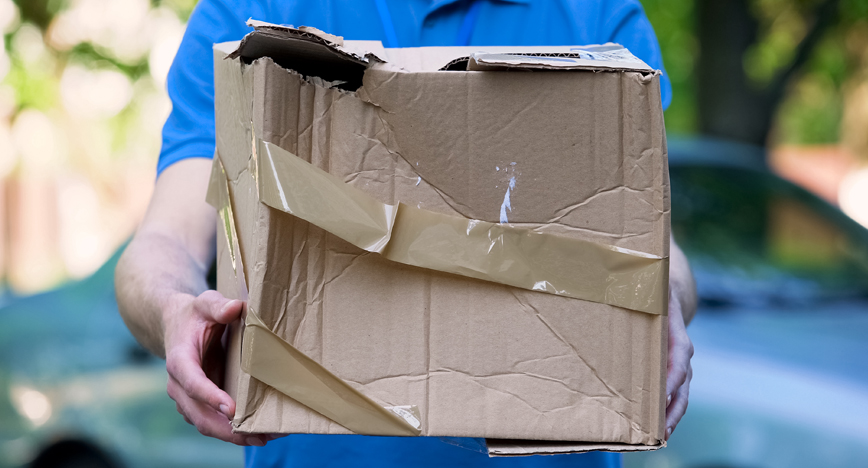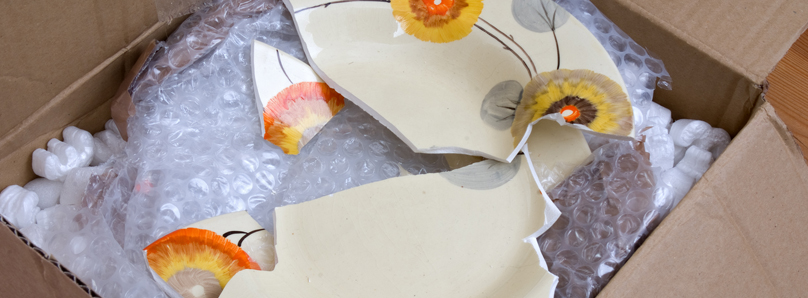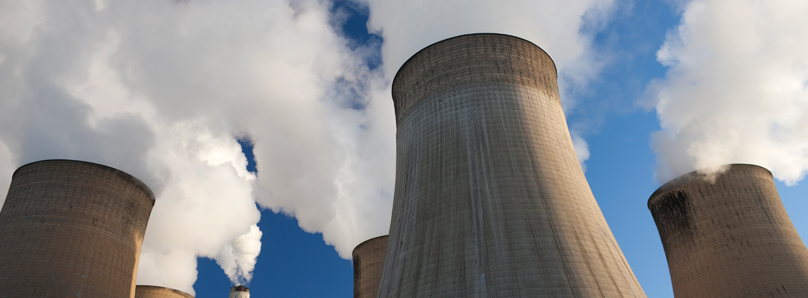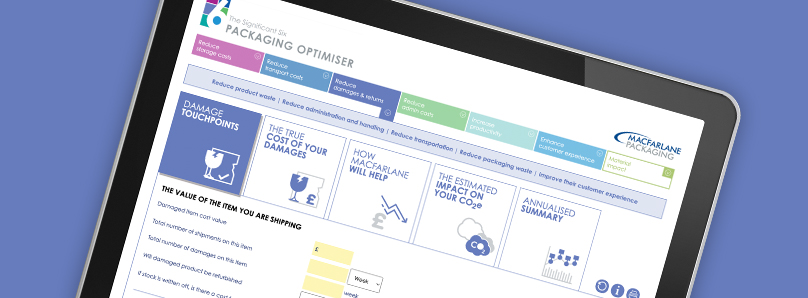How damages can affect your business & the environment

Have you ever received a damaged delivery? It can be frustrating having to arrange a return. It can also colour your opinion of the business you purchased from.
Our latest unboxing survey found that 9% of goods arrived damaged, which was up from 5% in 2020. This might not seem a lot, but when you consider there were over 4bn parcels delivered last year – 9% is quite significant.
If you’re shipping product to customers, then recording, and trying to reduce, damages is critical because they can be so expensive. Reverse logistics, replacing product and internal processing will all cost your business time and money. They may also cost your business repeat sales and do reputational damage. On top of all that, damages have an adverse effect on the environment too.

What could be causing damages in transit?
If you’re experiencing a high rate of damages in transit, it’s good to isolate what’s causing them. Identifying the root cause can help you put a fix in place and cut the associated costs. If your damages are high, however, it’s probably because the packaging is not fit for purpose!
When thinking about your packaging and damages, here are some common pitfalls to watch out for:
- Not enough in-pack protection – there’s a fine line between too much and too little protective material in your parcels. Using too much can be wasteful, but too little and your product could break during shipping. Choosing the right protective packaging is key – and will depend on several factors like product weight, size, and fragility.
- Excess space in your pack – using outer packaging that’s far too big for your product, without the right protection, means there’s excess space in your pack. as a result, This allows your product to move around easily and get damaged, as there’s nothing to absorb shock in transit. Too much room in your packaging also means pressure points are exposed and could easily be crushed.
- Packing process inconsistencies – if your team are all using different processes or varying levels of packing materials, protection won’t be consistent across your parcels. Implementing packaging guidelines can help manage consistency and reduce packaging waste. Ahead of seasonal demand, refresher training for packers is also useful, as damages are more likely to occur during times of pressure. A great way to gain control over your packing process is through packaging Automation is an investment but it will allow you to use exactly the right material and create a consistent pack that will minimise damages.

The true cost of damages to your business and the environment.
There’s no doubt about it – if your product is damaged in transit, it will be costing you and the environment.
The financial and operational cost will largely depend on your business infrastructure and product you sell… Can an item be refurbished and resold? How quickly can the return be processed? How long does It take to fulfil the replacement item? Then you also must factor in the cost to your reputation. Will the customer buy from you again? Will they leave a negative review?
Damages also have a big impact on the carbon emissions associated with your operation. If a product is broken, returned and then replaced, the emissions associated with shipping can double or even treble.
If you can manage your damages and returns process more effectively, you will save money, save time, and protect your reputation. Plus, if you cut damages, you can cut your CO2 and help save the planet too. Eliminating just 1 tonne of CO2 from your operation could charge over 121,000 smartphones!

How the Packaging Optimiser™ can help
Macfarlane Packaging recently launched the Packaging Optimiser™ – a new interactive tool that has been designed to help businesses understand the total cost of their packaging and how it impacts the environment.
It uses bespoke software the Packaging Optimiser can identify potential cost savings and CO2 reductions across all areas packaging touches in your supply chain – including damages and returns.
For help optimising your packaging to reduce damages, contact Macfarlane Packaging today or click here to learn more about the Packaging Optimiser.

